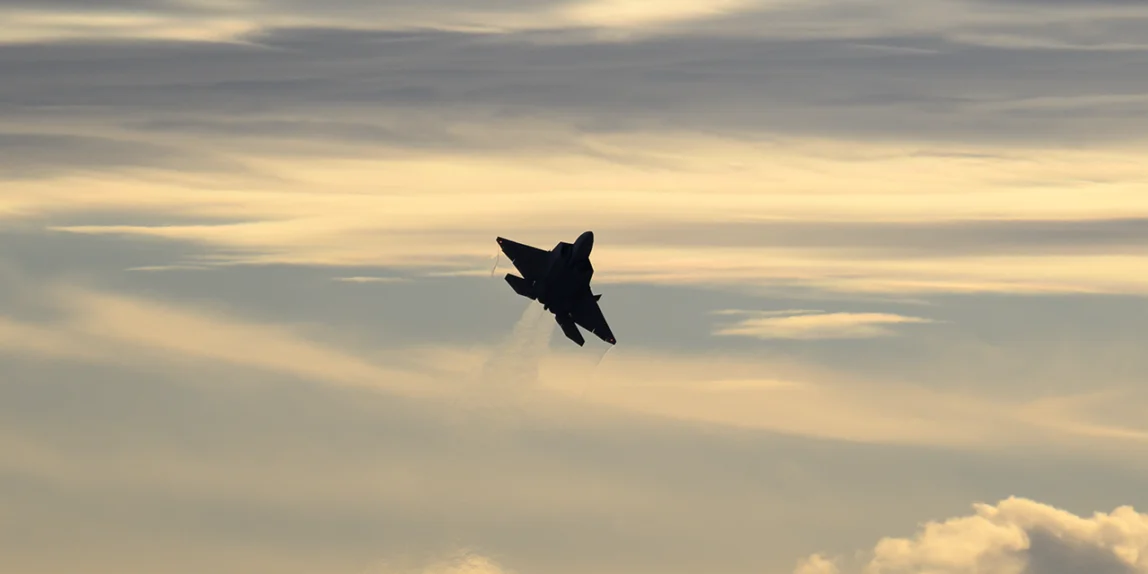For some time now, I have wanted to attend the first Red Flag exercise of each calendar year which is usually held in mid to late January, lasting 3 weeks and usually consists of predominantly US assets, including a heavy bomber component.
Normally lasting 3 weeks, Red Flag exercises provide the opportunity to photograph participants as they depart and arrive back from the Nellis Test Ranges, located to the northwest of Nellis AFB, which is itself just outside Las Vegas.
I say normally because for Red Flag 24-1, the decision was made to combine it with another one, called Bamboo Eagle, which is a live-fly and simultaneous live, virtual, and constructive exercise held off the West Coast of the USA, over the Pacific Ocean.
Bamboo Eagle involved the dispersal of some of the Red Flag participants to different bases in week 3 so that the control and coordination of the various assets could be tested and evaluated. (see my report for March JRB here).
I had not known about this, so my visit to Nellis was timed for week 3 🙁
Fortunately, not all the assets had dispersed – the Royal Australian Air Force F-35A Lightning II element was still at Nellis, along with the heavy bombers (5 x Boeing B-52H Stratofortress and 4 x Northrop B-2A Spirit). Sadly though the US Marine Corps contingent had departed, along with most of the Lockheed Martin F-22A Raptor’s from 3 Wing at Eilelson AFB in Alaska and Lockheed Martin F-35A Lighning II aircraft from Hill AFB, Utah.
So there was still a good number of airframes to potentially photograph as I arrived for my short 2 day stay outside the base, taking up my usual position near the entrances to the Las Vegas Speedway.
What I had failed to consider, however, was the challenging weather and lighting conditions that are present in the ‘winter’ in Las Vegas. The sun obviously rises later than during the summer and has a flatter trajectory (duh!). Couple this with abnormally cloudy and wet weather sweeping across the West Coast and you will see from my images below that I got mixed results!
In fact, the cloud base was deemed to be too low for ‘flex’ departures (where the aircraft stays low and turns sharp left around the end of the Speedway) on my second day, with only the Fairchild A-10C Thunderbolt II’s departing that way under Visual Flight Rules, which seemed like a contradiction in terms to me.
Finally, to add insult to injury, the majority of the flying was using runways 21L/21R for departures and 03L/03R for landing. This had me racing to and from various locations, in the hope of being in the right place at the right time – it didn’t always happen!
Nevertheless, I have hopefully salvaged some keepers from my many images and hopefully, you will like some of them.


































































